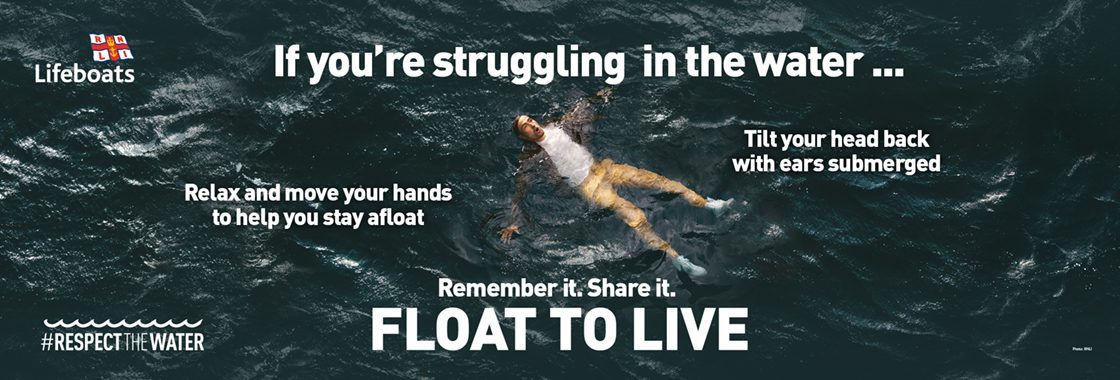Cold water shock
What is cold water shock?
Cold water shock is the body’s natural physical reaction to sudden immersion in cold water. The response is immediate and can lead to drowning.
A temperature below 15ºC is defined as cold water, certainly cooler than the temperatures most people would be used to in an indoor swimming pool but not freezing cold. The Royal National Lifeboat Institution say that the average UK and Ireland sea temperatures are just 12°C. Inland temperatures can vary greatly depending on body of water, depth, and time of year. But it’s important to be aware that even on a hot day water can be cold.
Anyone who suddenly enters cold water is at risk, this might be because they accidentally fall in or they jump in. Cold water shock can affect anyone regardless of swimming ability. Experienced open water swimmers will advise people to enter the water slowly allowing the body to start to acclimatise and ensuring you are in a comfortable depth of water.
What happens when you have cold water shock?
There’s an involuntary gasp reflex, causing the person to inhale sharply. This can lead to water entering the lungs, increasing the risk of drowning.
Following the gasp reflex, breathing becomes rapid, this involuntary breathing is called hyperventilating. Again, this breathing can lead to water entering the lungs. It can also cause panic and a loss of control and disorientation, making it difficult for the person to swim.
Cold water shock triggers the body’s stress response, leading to an increase in heart rate and blood pressure. This can strain the heart and cause cardiac arrest.
As the body tries to keep warm the muscles in arms and leg will begin to cool which reduces strength, coordination and the ability to swim.
The effects of cold water shock pass quite quickly and usually last between 1 and 2 minutes.
What to do if you experience cold water shock
You can reduce the risk of drowning by not panicking and floating on your back. This will allow you to start to control your breathing. If you try and swim when experiencing cold water shock you can breathe in a lot of water and drown.
The advice to help prevent drownings through cold water shock is called Float to Live.
This lifesaving advice can be used in both inland and coastal waters.

